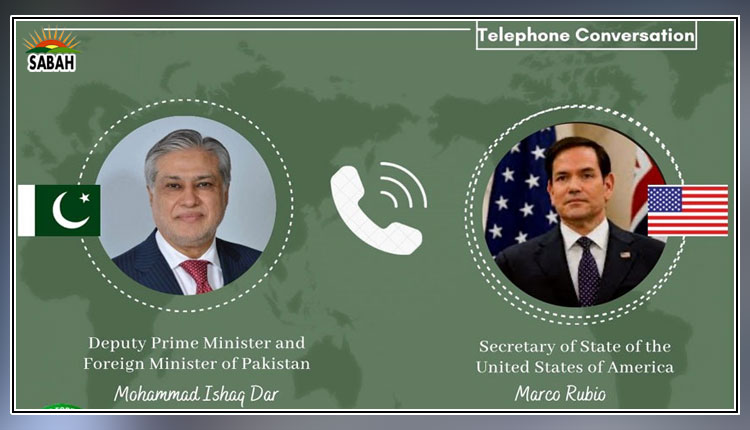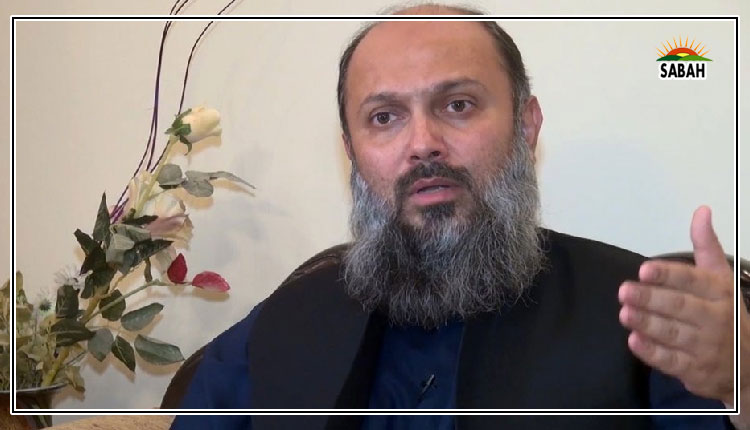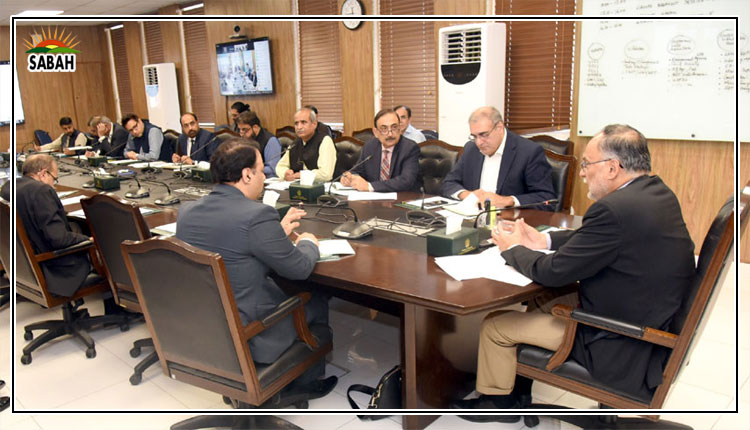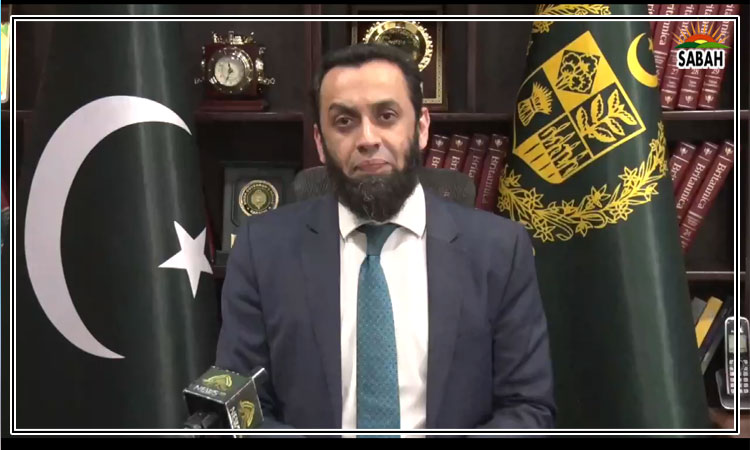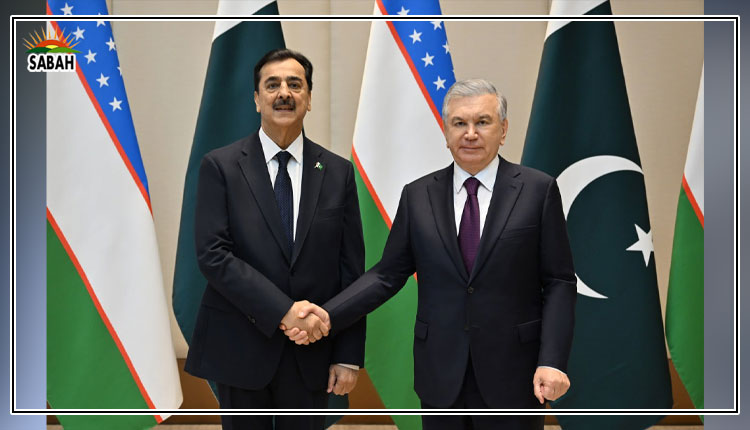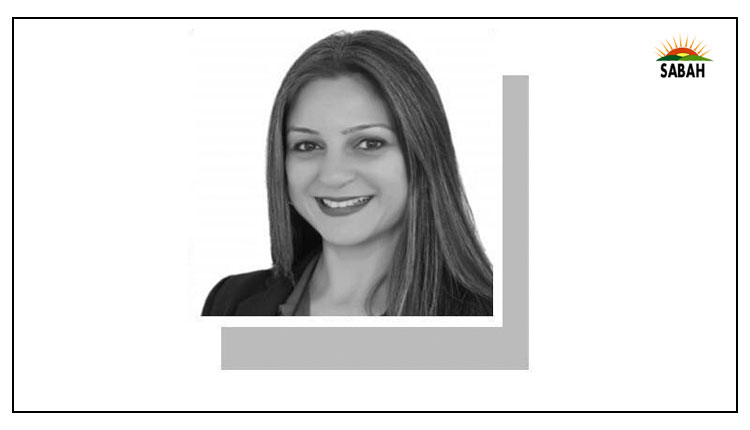Early-years skills…Neda Mulji
IN the past centuries, many systems of education have been tried and tested around the world for early childhood education. Among these, the Montessori method, with its emphasis on freedom to learn and its hands-on approach, became very popular. The Reggio Emelia approach, with its focus on taking cues from the environment, linking learning to real-life experiences and involving students in projects, was a close second. Waldorf education, founded in 1919, introduced the idea of holistic development, learning through rhythms and routine, and imaginative play. The Highscope Approach brought in assessments and looked closely at maximising adult involvement in the child’s learning process.
There were other more unconventional systems, such as the forest schools and peer-teaching groups. In Pakistan, most schools have adopted a fusion, picking and choosing bits and pieces that seemed to work from each of these systems. While there are benefits to this selective approach from different systems, much damage can be done when we do not understand the nuances of teaching strategy, tracking progress and assessment frameworks.
In Pakistan, children go through three years of early childhood education (ECE) before they enter primary school around the age of five-and-a-half years. The first three years are critical in building a love of learning, social interaction skills, physical and emotional capabilities, reading and literacy, cognitive and creative thinking.
According to a Unicef Pakistan ECE Model Study conducted by Samuel Hall last year, the massive gaps that occur in ECE are due to the lack of implementation of policies and procedures. On-ground realities were found to be vastly different from the plans on paper. This implies that children complete a level of ECE without meeting the expectations and outcomes. Instead of a child-focused approach to learning through play, building enjoyment and practicing skills, children were found to be encouraged towards ‘rote’ learning.
An undue focus on writing leads children to trace letters and sentences rather than being encouraged to produce their own sentences. The emphasis is on copying and reproducing work that is not reflective of the children’s individual thought. The transition to a more progressive approach comes with a host of very serious challenges, especially as these students continue onwards to school levels where they repeat their learnt pattern of copying and memorising.
The Unicef report lays out priorities for each province in Pakistan, as the challenges are different in nature. The common gap, though, is in addressing quality assurance frameworks. It seems teachers require hands-on demonstration of child-centred methods. Ideally, they should participate in extended training courses for professional development.
To ensure carefully monitored transition through school levels, the schools need to retain their trained teachers, which is often difficult. Lack of budgets and resources is not as grave an obstacle as the teachers’ lack of commitment and willingness to learn. The other major gap arises from a lack of parental knowledge and understanding of the education system. Very few schools involve parents in information sessions where knowledge about the curriculum and strategies can be shared.
Most school leaders lament having to give in to parental demands of filling up notebooks with writing, tons of homework and memorising as concrete evidence of ‘learning’. This approach is not only counterproductive but extremely alarming, as it damages a child’s motivation as they are over-burdened. The resulting reluctance to learn sets them up for failure in the future.
When the curriculum is not grounded in good practices ensuring quality transitions, students are unable to read independently in primary school. Most are unable to engage with textbook content analytically, and many do not find self-motivation to study. Recent reports by the World Bank have highlighted ‘learning poverty’ in Pakistan, where 77pc of children are unable to read and understand age-appropriate text by age 10.
It would be nothing less than devastating for these children to engage in other subjects, as reading forms the basis of all learning. It also implies that we have missed the boat for ‘holistic development’ where the early years are a prime opportunity to tap into multiple ‘intelligences’ of a child.
Ranging from verbal and written expression to cognitive development, logic, interpersonal, musical and kinaesthetic abilities, children’s multiple intelligences need focus for holistic development. If left untapped, we can expect to have stunted learners wading through the murky waters of endless struggle which has, arguably, been the case for many decades in Pakistan.
Courtesy DAWN


